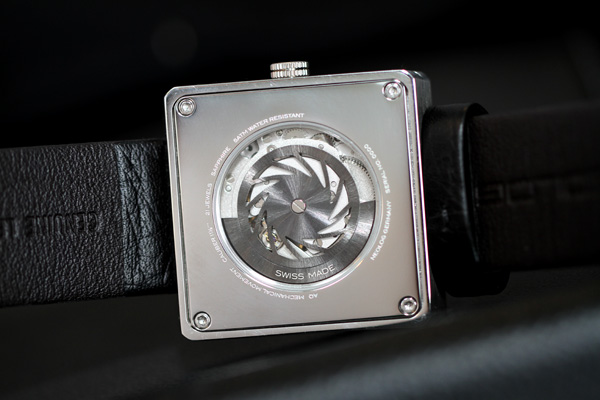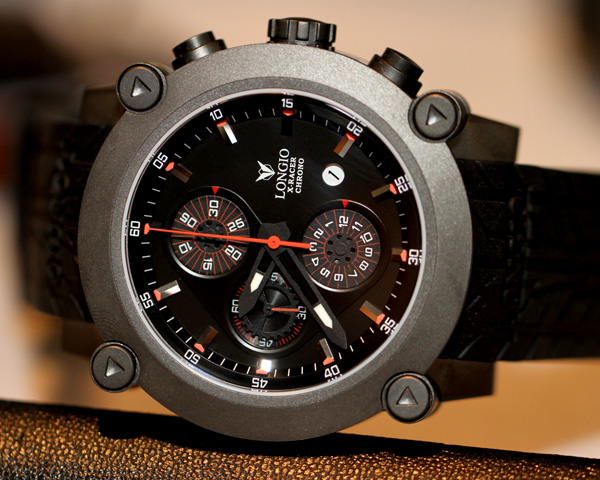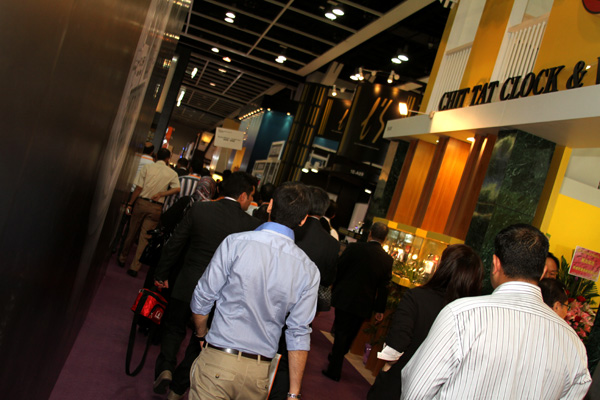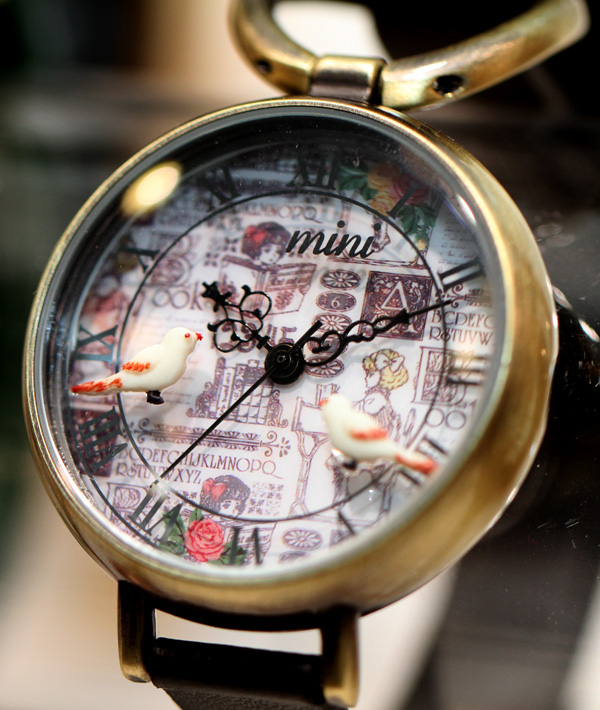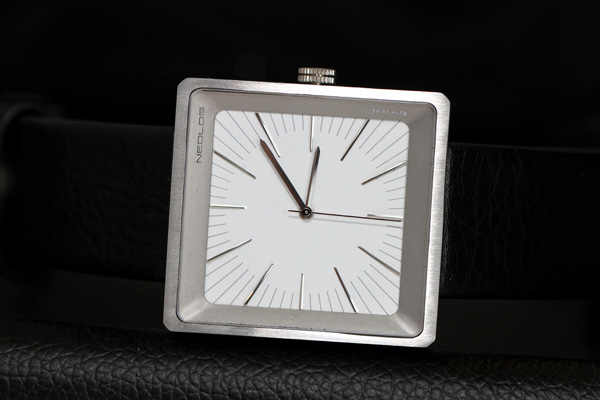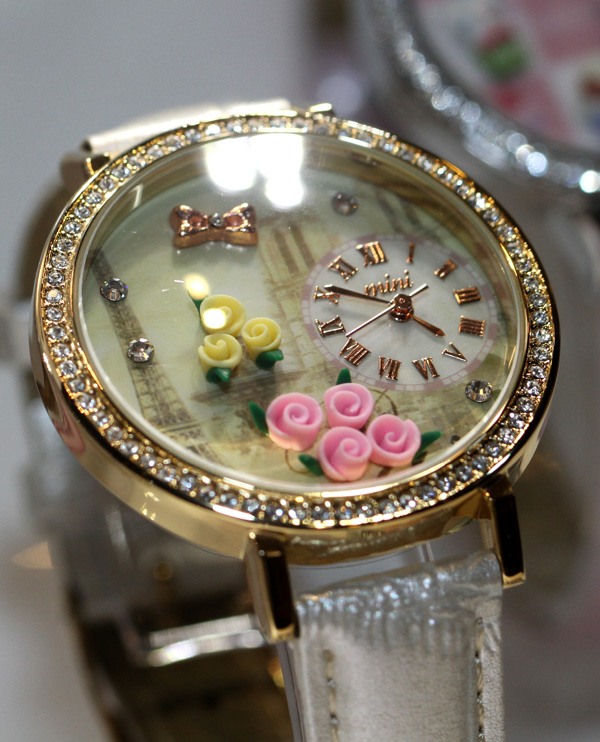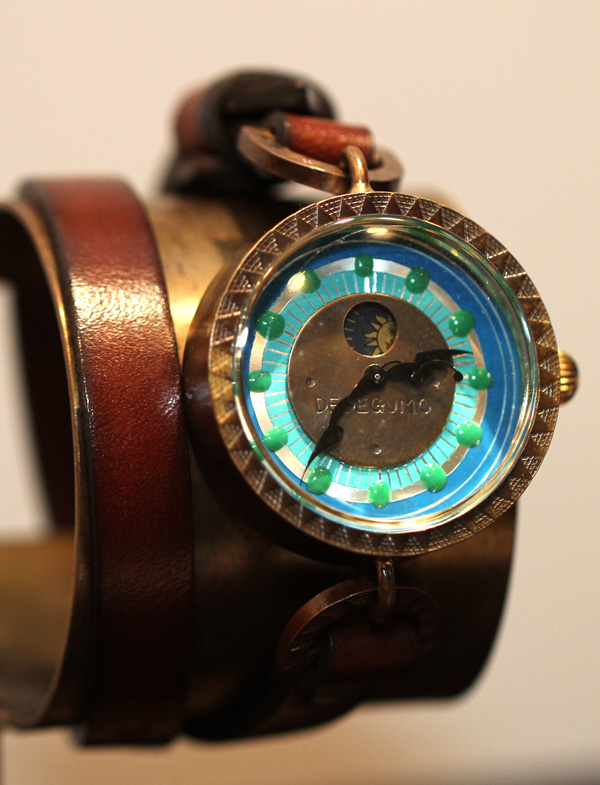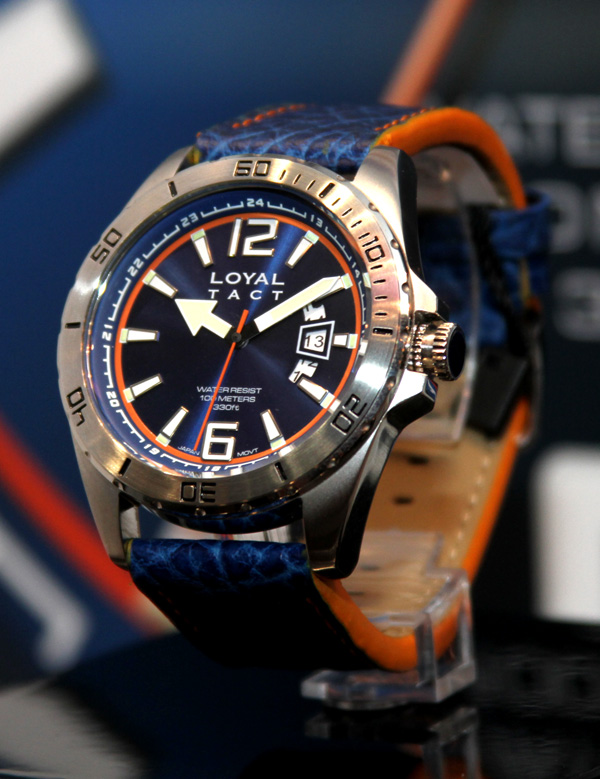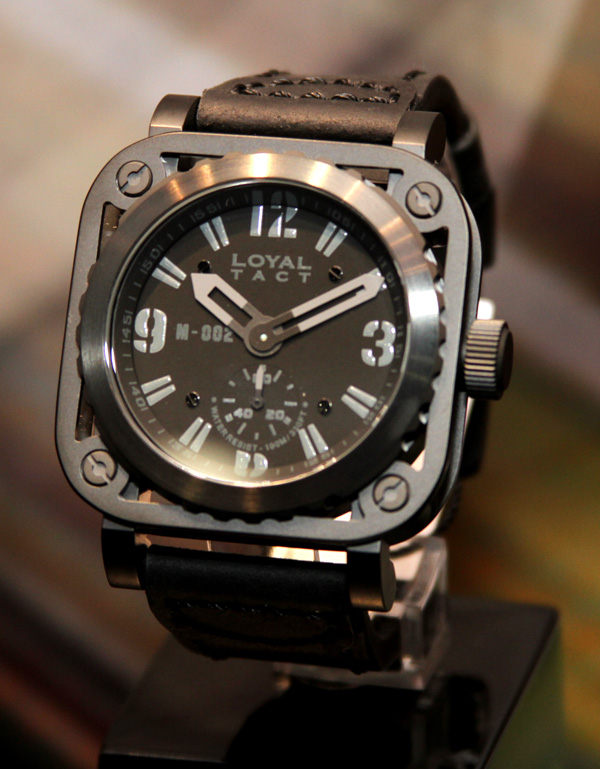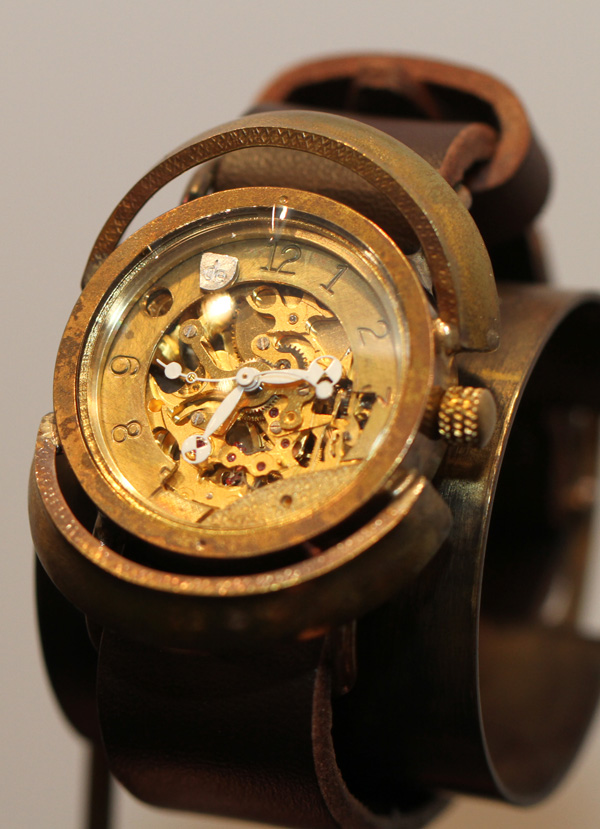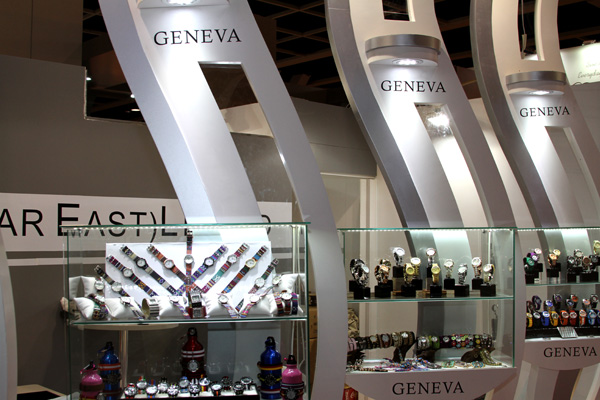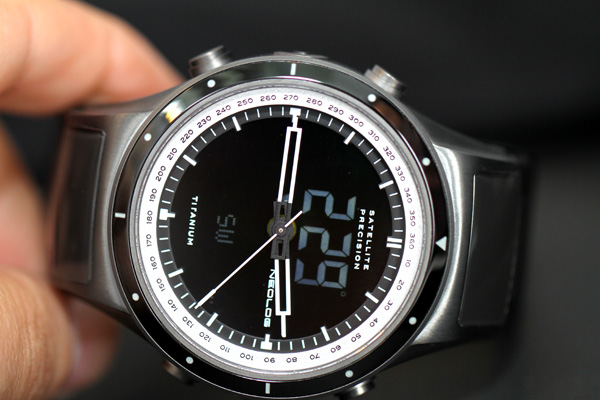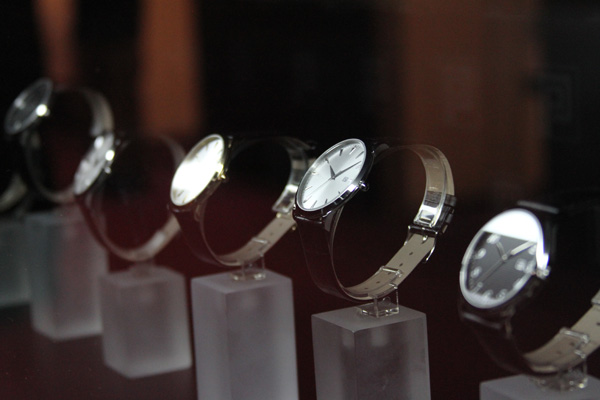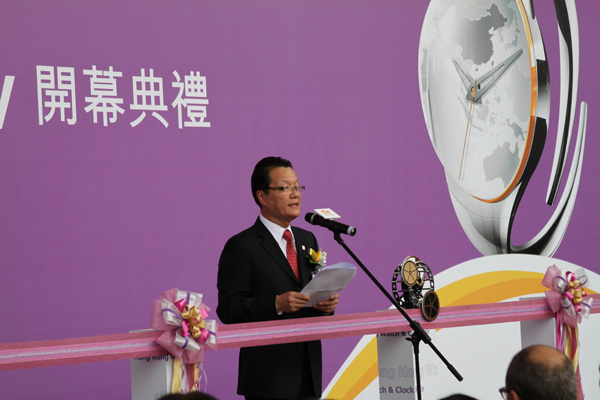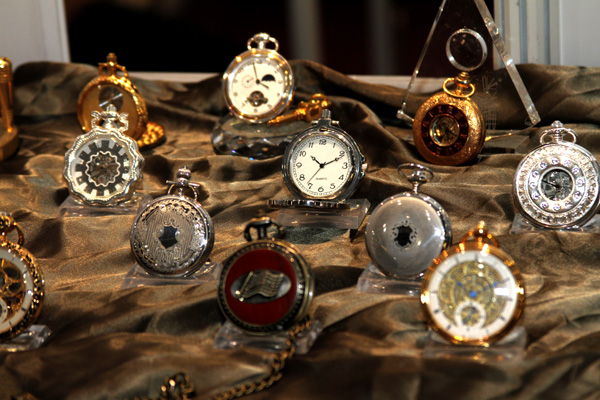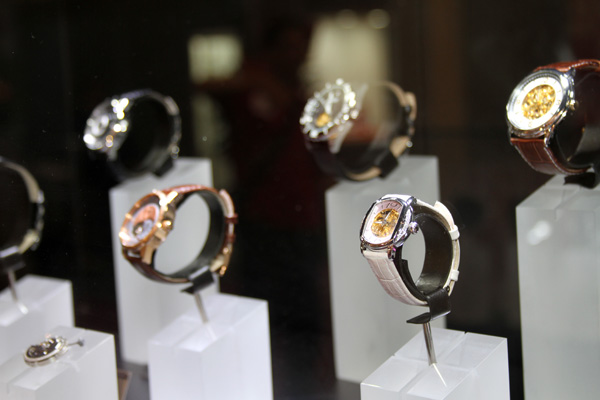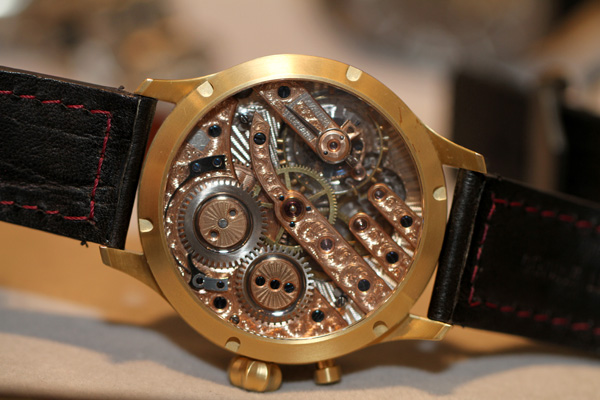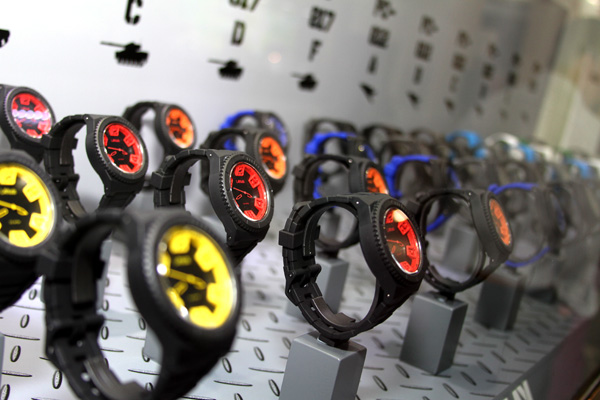
One thing that I really respect about Chinese culture is the honesty in their well wishes. Chinese people will wish you health and wealth without the normal qualms Westerners seem to have in regard to the latter. A toast at a networking reception during the Hong Kong Watch & Clock Fair, “wishes everyone a successful fair and to make good business!” Career success in Chinese culture seems to be the cornerstone of one’s value and legacy. The Hong Kong Watch & Clock Fair (HKWCF) does not shroud its function as a trade show for the “making of business.” It is invigorating to see deals happening and goods moving. In the West we are not so prone to directly wish someone the good fortune to make lots of money. Perhaps we deem purely materialistic pursuits to be less than wholesome – but it is a mere facade. Today, China and Asia in general are the most important regions for both the production and consumption of watches. The Hong Kong Watch & Clock Fair is about feeding and encouraging the multi-billion dollar industry to keep making more money and open up new business opportunities. A fact the Europeans like to hide during their shows which are touted more as art and emotion exhibits.
Being involved in the watch industry for years now has allowed me to realize why the Europeans and the Chinese have such a close, but slightly uncomfortable relationship. They are almost symbiotic, in that they cannot seem to live without each other. At the same time they are strictly opposite in terms of what parts of their business they appear to place the most emphasis on. Europe provides the creativity and emotion that China then uses to manufacture the goods Europeans would produce in too slow and costly a manner. One is the heart and the other is the hands. It also helps that China can’t get enough of European luxury goods, while Europe can’t get enough of China’s affordable goods. In a way they seem to create markets for one another while at the same time fundamentally disagreeing on what to value in life. Odd, but true.
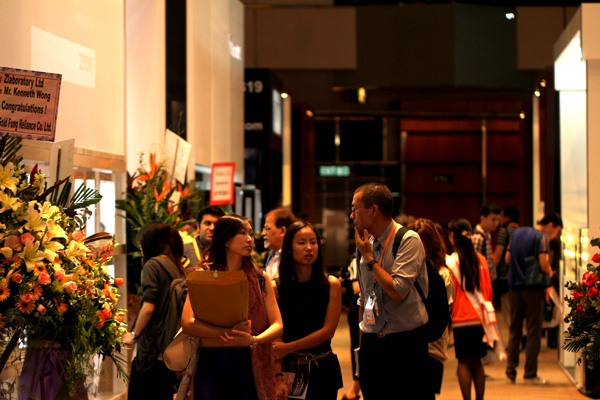
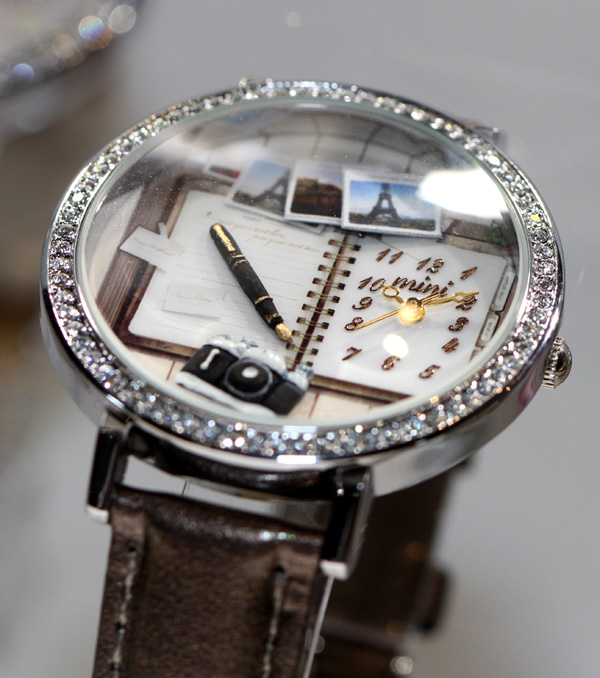
In the watch industry, the relationship between the East and the West is highly defined, but mostly exists outside of the consumer’s view. China produces a lot of the things that go into “Swiss Made” watches, and Europe provides new designs and ideas for the Chinese to eventually copy for more mass consumption. Seriously, that is pretty much how it goes for the most part. Originality is a concept frequently found in China, but it doesn’t seem to extend into their designs. I see the Chinese as the administrators and producers of the day, but not the creative directors. The show floor has windows and windows of watches that more or less look the same. You see dozens of watches that richly borrow from high-end pieces most people on the planet will never see with their own eyes. Unlike the Baselworld fair for example, where there is a lot of design distinction among brands, at the Hong Kong fair, everything seems to be riding on the tail of something else’s market. It is a business decision based on how the Chinese excel. Take a proven model, copy it, then make it cheaper. Rinse, and repeat. Design DNA from the world’s most exclusive top designs eventually ends up in inexpensive mass consumer models who have no relationship with their “ancestors.”
The HKWCF is not about high-end watches as much as Baselworld or SIHH. There are a few sprinkled around, but the focus of the show is on “consumer-grade” watches meant for “everyone else.” It actually seems to make more sense because sometimes at the large European shows I constantly think to myself “who is buying all of this stuff?” The engineering roots of watch making comes across so clear on the show floor. It isn’t populated by artists and designers looking to convey their emotions on the world, but rather engineers and production people looking to produce 100,000 units here, and 100,000 units there for the ultimate benefit of their company. The lack of Europe’s marketing bullshit is refreshing, but you quickly miss the shiny layers the Swiss and French so expertly place on their images. I can’t decide whether I prefer Asia’s factory approach or Europe’s salon approach to this whole trade show concept. Both extremes are intense on the senses and walking around I look for comfortable mediums between the two.
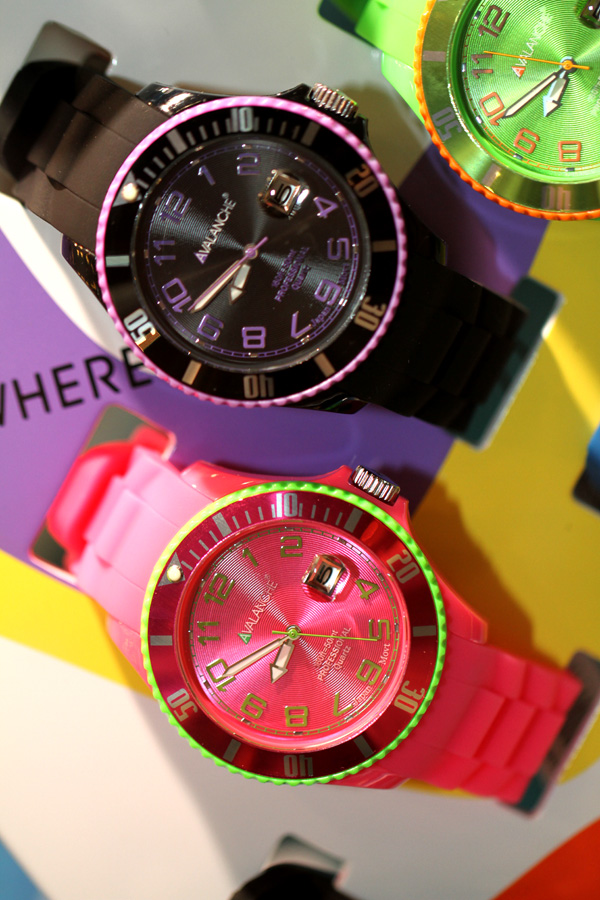



Exhibitors at the Hong Kong show mostly shy away from having pictures of their goods taken. This is a strange sentiment toward a journalist, but I understand (sort of). In a place where intellectual property laws are routinely disregarded everyone is afraid of copying. Even if their own designs are not particularly original. I suspect it is a cultural reaction at this point to having cameras around your goods. At least a few times during the show I needed to pursue the matter of taking images at a booth with the person in charge. “Listen, I am the press. See, that is what my badge says. I am here to cover your stuff. I want to write about it because I like it. Without pictures I can’t do that. So is it cool if I take pictures of your stuff through this glass? I promise they won’t come out that great anyway.” Sometimes a reluctant “yes,” sometimes a continuous shake of the head declining my offer. Other times almost an argument. “Whatever!” And I move on to the next brand whose name is just as uncreative as the last. My favorite was “Wealthy Shiny Limited.” The real soul of the show is not the watches but the drive of the people. The resolute way they re-purpose designs, budgetize luxury looks, and get creative with colors. In fact, if there is one thing the show does not lack, it is hue-riffic stimulation. Colors abound. Watches take a more modern role here as fun fashion items or useful wrist wear. The hallmark of “traditional watchmaking” is barely seen.
Anyone thinking that Chinese consumers only like small diameter classic looking timepieces are pretty much living in the past. I predicted a few years ago that Chinese watch tastes would catch up to those of the Western markets very quickly. Sure, you see the typical vintage style watch attached to colorful NATO straps as fashion accessories, but very little that was inherently made to look vintage or classic. The watches produced by the Chinese for their market and around the world were mostly huge, colorful, and sporty. Brands such as Rolex and Casio got a lot of “homage” works as well. Long live the big bold watch it seems.
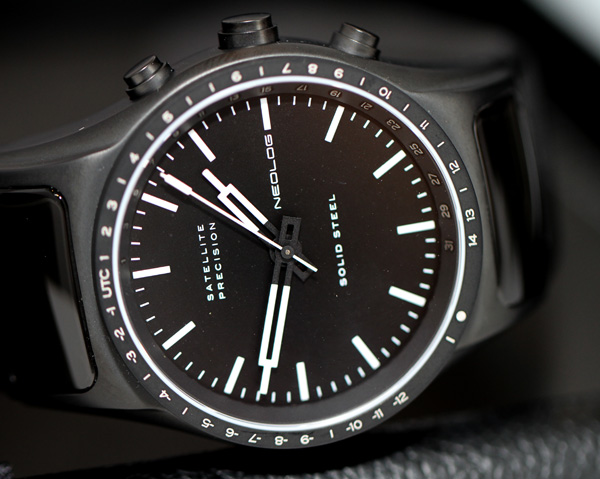
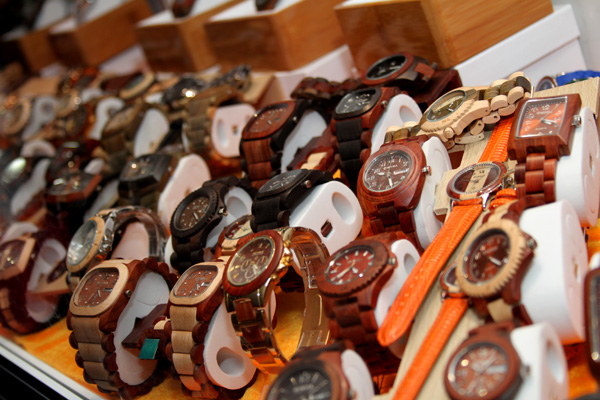
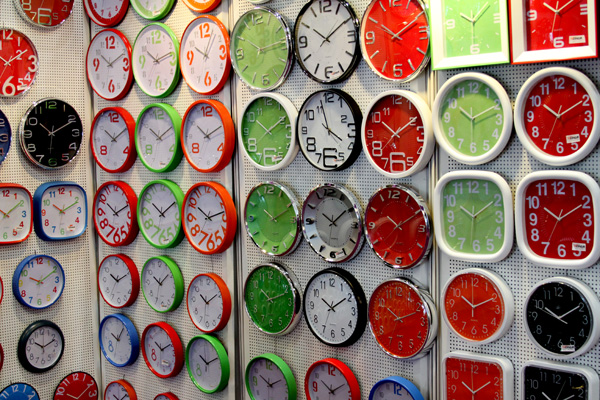
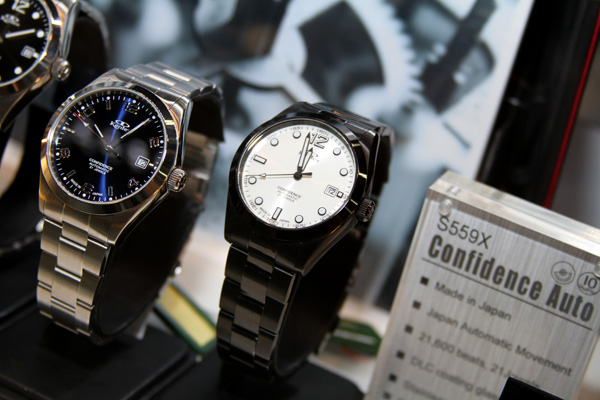
Design experimentation is everywhere in the “higher-end” Brand Names Hall. This area of the show feels more congenial and organized. There are booths with visitors from other countries such as Italy, Japan, Germany, Switzerland, and elsewhere. These people are keenly looking for mostly Asian retailers to buy their watches for sale in their stores. The most interesting brands were not Chinese in design, but mostly Chinese in production. A few Hong Kong brands such as o.d.m did stand out for their originality. Much more sober in their outlook of the market, Asians know that watches are not essential for most people. So fashion and fun are the primary motivators… with a few notable gadget watch exceptions. A German brand called Neolog was probably the highlight brand of the show for me.
Not too many brands got me really excited, but of course I have spoiled tastes. Of course some impressed me, but they mostly impressed me for what they offered at the price. The amount of mechanical watch movement makers in China was interesting – and their quality is much better now compared to what it was just a few years ago. US and European watch lovers would be absolutely shocked at the legions of brands they’ve never heard of. What impressed me was not one specific design or watch, but rather what the brands are capable of. The prestige of the tourbillon is no longer a Swiss treat. Chinese tourbillons are highly available combined with other exotic complications in both traditional and modern form. The Chinese offer true mechanical watch making at prices reserved for captains versus kings. Someone is also always there to remind you that custom projects are encouraged. The Chinese manufacturing spirit is legendary, and anyone with enough creativity and a modest budget can have their dream watches made. Unlike the mostly closed market of the Europeans which only exist for insiders, the Chinese market encourages people with ideas to enter and use local services.Though your ideas will be fair game for everyone else if you play.

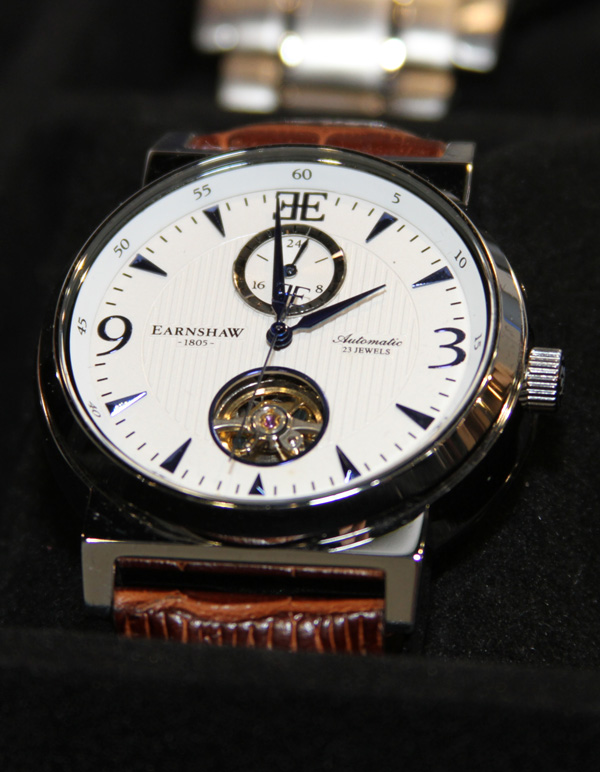
One of the most fascinating moments of the fair was during a meeting with several leading members of the Asian watch industry on the market as a whole. Representatives from different countries sat and spoke to each other forum style on the ups and downs of the business itself over the last year. They discussed everything from legal to labor issues, as well as the implication of new laws and tariffs on their business. There wasn’t a sense of competition, but a friendly cooperative of people in the same industry discussing the issues that affected them. Surely this takes place in the European watch industry, but the media would never even be allowed to hear these meetings let alone be invited. It reinforced the knowledge many people such as myself already have that the European watch industry is more closed and manipulative, whereas the Asian watch industry is much more open and clear with news and facts. Though the reality is probably somewhere in the middle, but seeing the industry from both sides was extremely enlightening.
You quickly learn what technologies and materials are becoming cheap enough for mass production at the Hong Kong show. For example, legions of sport watches with built-in GPS functionality were highly available. You also have more and more watches in ceramic (but that is nothing new). While you can get many of the same things the high-end Swiss watches have in cheaper form at the show, what is really interesting is what you can’t get. People complain day and night about the margins Swiss brands get from watches that cost relatively little to produce. That may be so but I have yet to see suppliers copy the detailing you can find in a good European watch. The Swiss still have some serious secrets and methods for producing ultra high quality that the Chinese just haven’t figured out how to replicate – at least en-masse and cheaply.
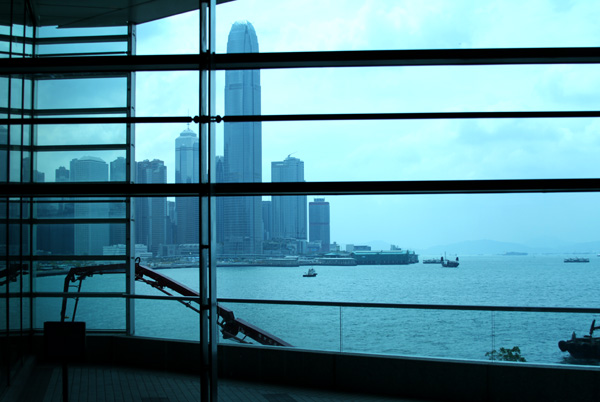
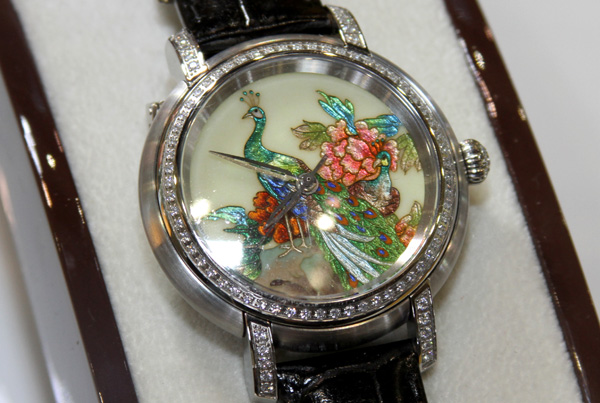
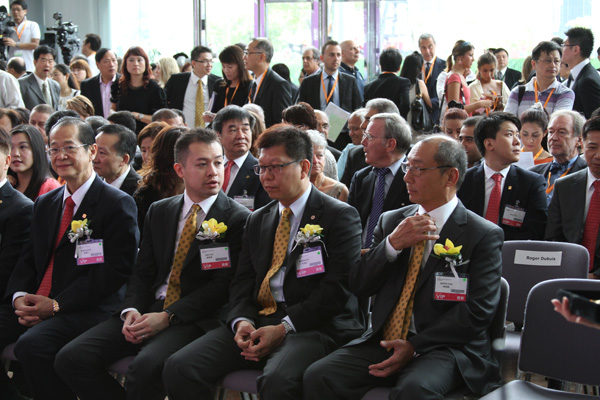
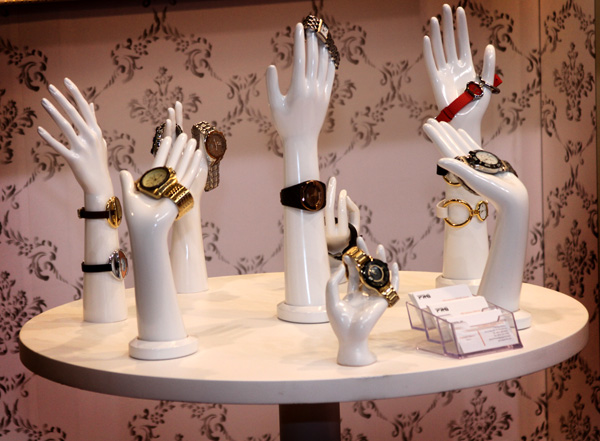
Being a the 2012 Hong Kong Watch & Clock Fair was actually quite incredible. Even my seasoned mind learned a great deal about the watch industry. There are even some really cool watches not available in the US that you can only get in places like Hong Kong and Asia. It makes me truly envious of the people who are able to enjoy the watch-hungry cosmopolitan horological paradise which is this. It was also interesting for me as one whose critical bar is set so high. Having experienced the world’s top watches, it is a shock to sometimes come back down to Earth and see the product of industrialization. This is the living and breathing watch world, and it makes what happens up in the Swiss mountains feel like the tiniest of cottage industries. You really have to respect them both.
Who should come to the Hong Kong Watch & Clock Fair? If you are a retailer or want to sell inexpensive watches you should come. If you are starting a new watch brand and want to find people to build all or part of your watch and all the accompanying collateral items you should come. If you are looking to offer a new technology or product for the watch industry you should come. While most of the exhibitors are from Hong Kong and mainland China, people from all over the world attend. The deals that happen here affect the watch industry all over the planet. I look forward to coming back. Oh, and it is true what they say, it really does rain watches in Hong Kong.

